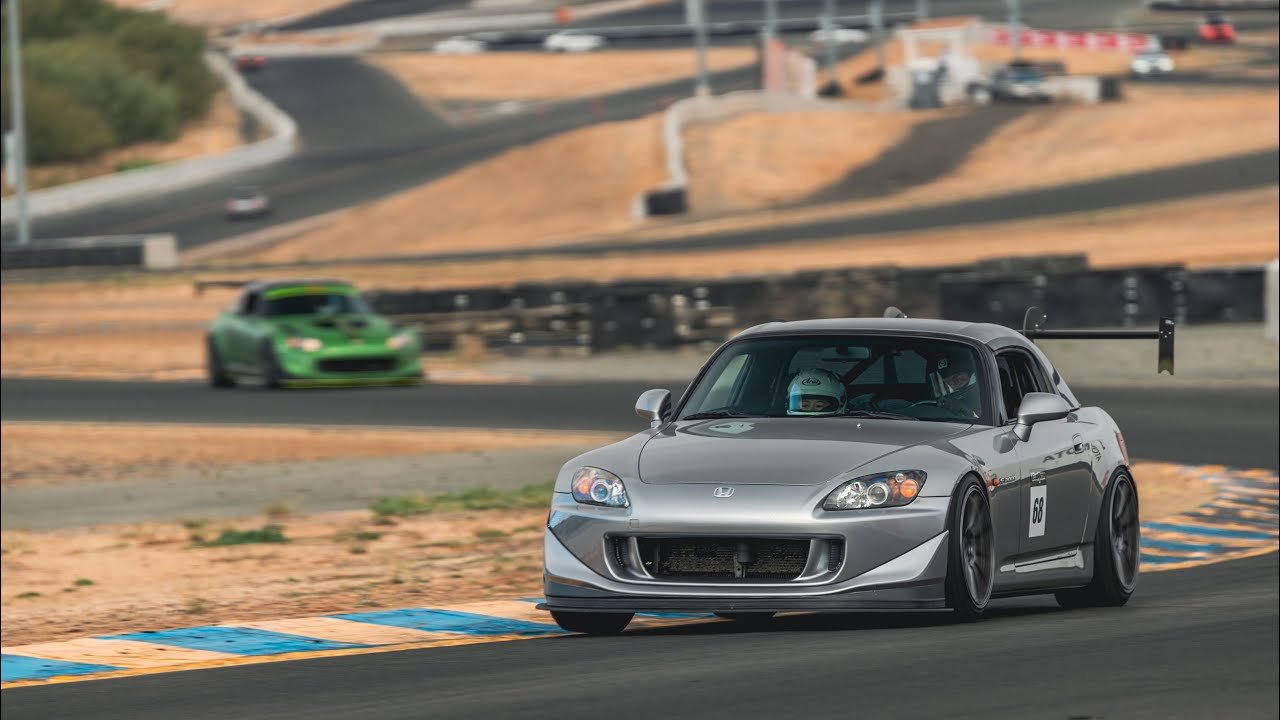
SpeedSF Blog
Every Build Has a Story – Meet the Cars of SpeedSF

Shan's S2000: Hitting the Books
After Shan spent his college years as a test driver for his Formula FSAE team, he started tracking an E92. The heavyweight M3 didn’t give him much joy, so, eager to get back into a pointy car, he picked up an AP2. With his engineering expertise, he’s been able to get the most from a modest assortment of modifications and turn this into a capable, dependable track scalpel.

James Snell's Supercharged S2000: Bold is Better
Not only did James Snell build himself into a handy driver in just a few years, he made this car—now supercharged—one of the cleanest all-round S2000 track toys in the SoCal scene.

Sean's S2000: Happy To Take The Abuse
After jumping from Spec Miata to a Lotus Exige, Sean learned that his happiness had more to do with time spent at full throttle than outright speed. Not to say his Exige’s successor is slow, but his S2000 is a car which doesn’t have the same sort of technical limitations that kept him from pushing it as hard as he would’ve like to.
